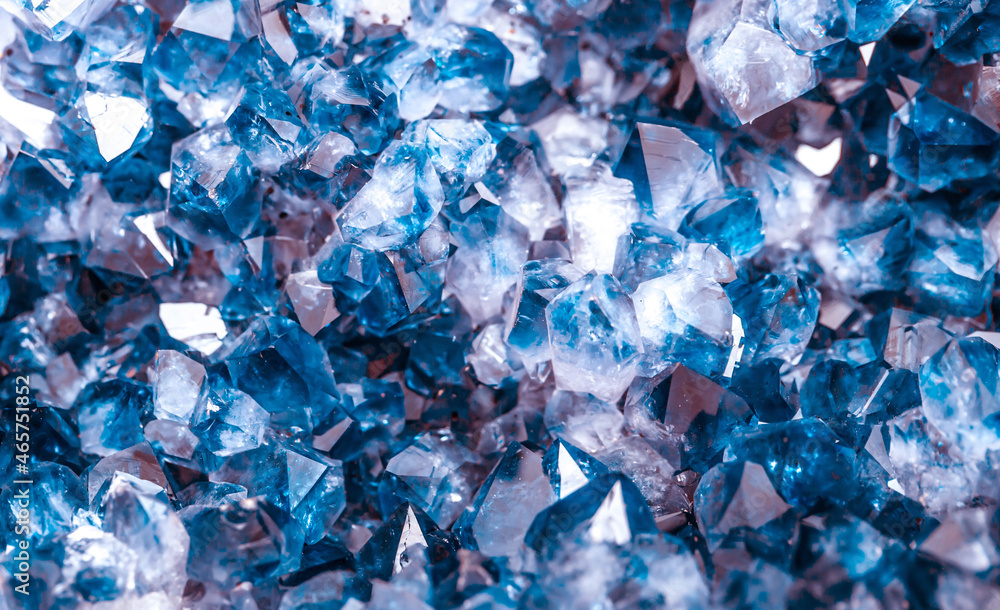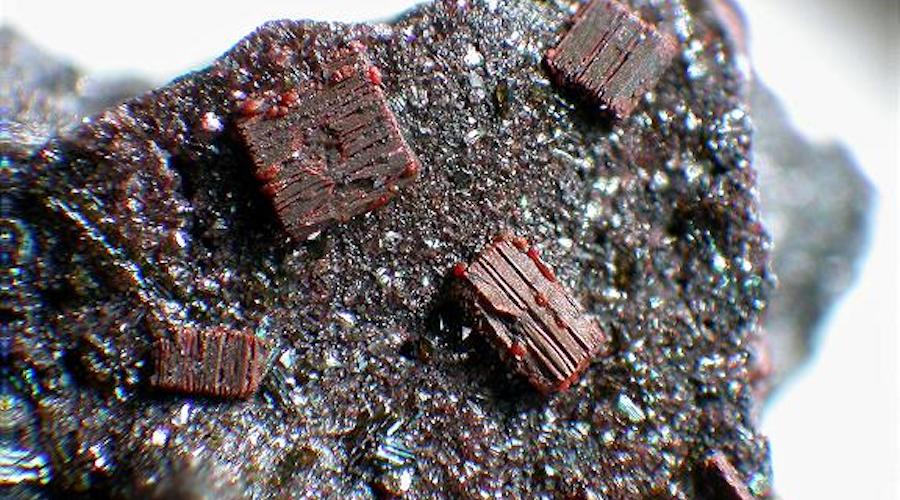Rocks are not just lifeless formations; they hold within them a fascinating story of Earth's history. Among the myriad of colors rocks can exhibit, the vibrant red hue has captivated scientists and geologists for centuries. In this blog post, we will delve into the intriguing phenomenon of why rocks turn red, exploring the geological processes, chemical reactions, and environmental factors that contribute to this captivating transformation.
- Iron Oxidation: The Catalyst for Red Rocks
At the heart of the red rock phenomenon lies the process of iron oxidation. Iron-rich minerals, such as hematite and goethite, are commonly found in rocks. When exposed to oxygen and water, these minerals undergo a chemical reaction known as oxidation, resulting in the formation of iron oxide. It is this iron oxide that imparts the striking red color to rocks. - Environmental Factors: The Role of Climate and Weathering
While iron oxidation is the primary mechanism behind the red coloration of rocks, environmental factors play a crucial role in facilitating this process. The presence of moisture, temperature fluctuations, and exposure to air all contribute to the rate and intensity of iron oxidation. In arid regions, where rocks are subjected to prolonged periods of dryness, the slow oxidation process can result in a more intense red coloration. - Geological Processes: The Formation of Red Beds
Red rocks are often found in sedimentary formations known as "red beds." These formations are the result of various geological processes that occurred over millions of years. Deposition of iron-rich sediments, subsequent burial, compaction, and diagenesis all contribute to the formation of red beds. The unique combination of mineral composition, environmental conditions, and geological history gives rise to the distinct red coloration observed in these rocks. - Significance in Geology and Paleoenvironmental Studies
The study of red rocks goes beyond their aesthetic appeal. Geologists and paleoenvironmental researchers utilize the red coloration as a valuable tool in deciphering Earth's history. By analyzing the composition and distribution of red beds, scientists can gain insights into past climatic conditions, depositional environments, and even the presence of ancient water bodies. The red rocks serve as a geological archive, preserving valuable information about the Earth's past.
Conclusion:
The mesmerizing red rocks that adorn our landscapes are not merely a product of chance; they are the result of intricate geological processes, chemical reactions, and environmental factors. From the oxidation of iron minerals to the formation of red beds, these rocks offer a glimpse into Earth's ancient past. By understanding the mechanisms behind the red coloration, scientists can unravel the mysteries of our planet's history, making red rocks not only visually captivating but also scientifically significant.



